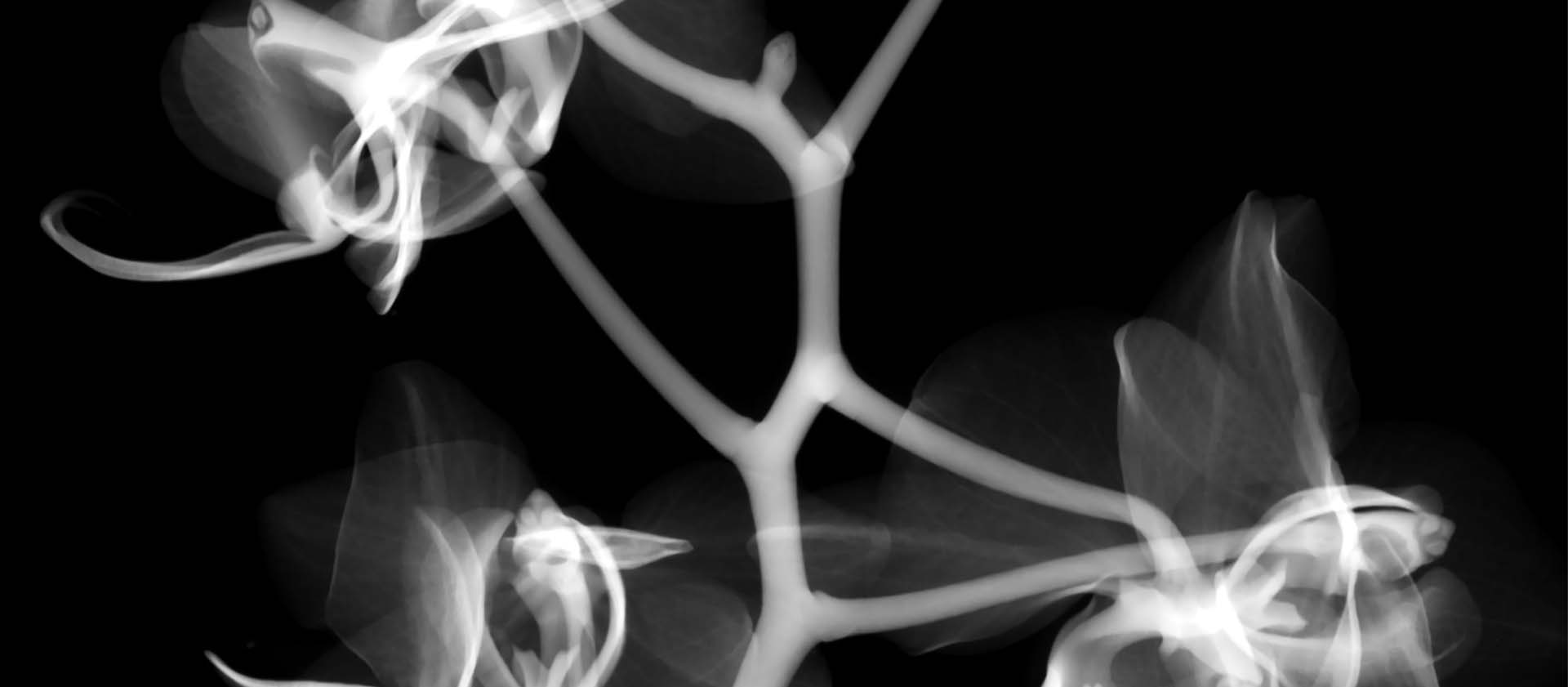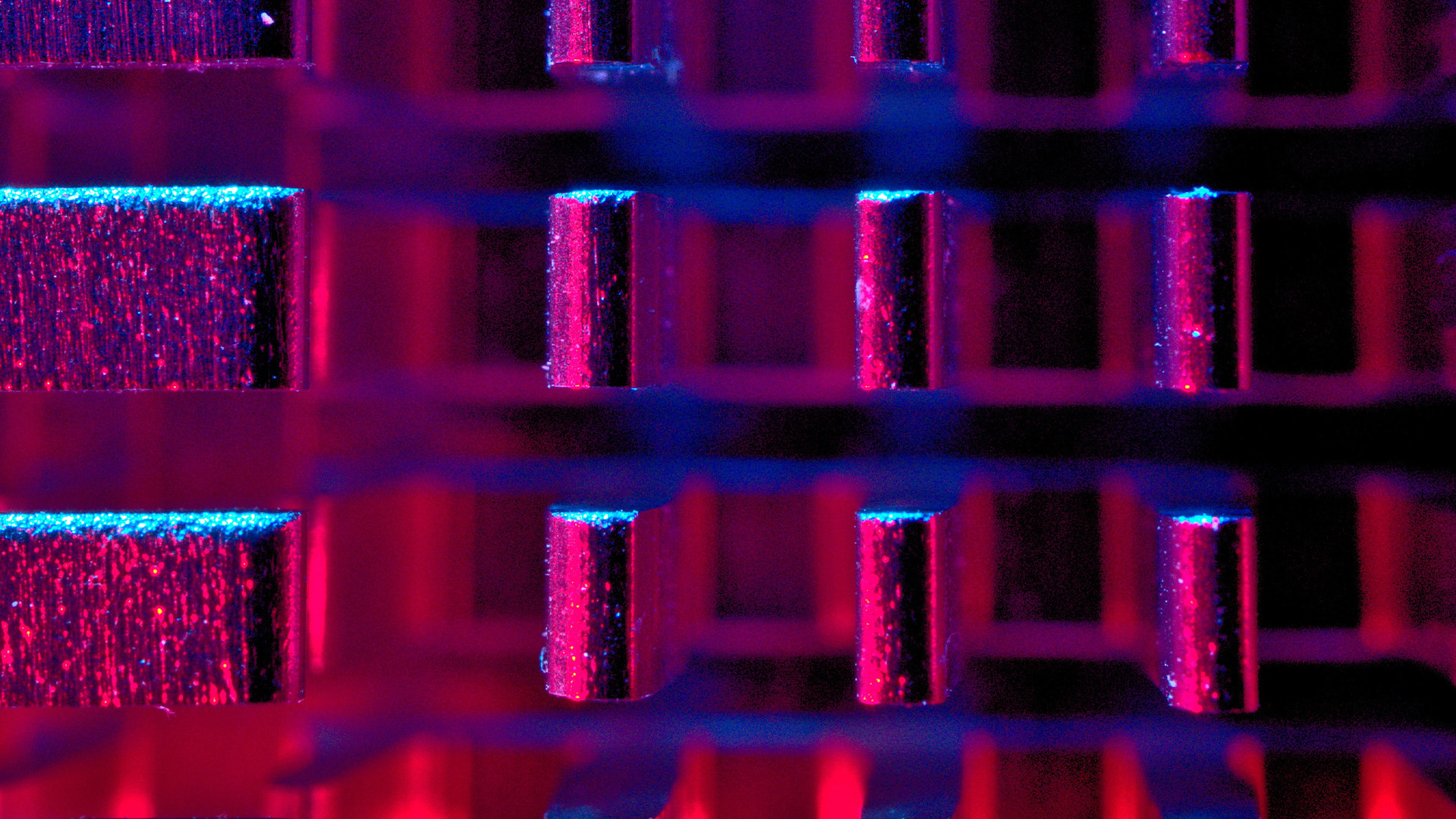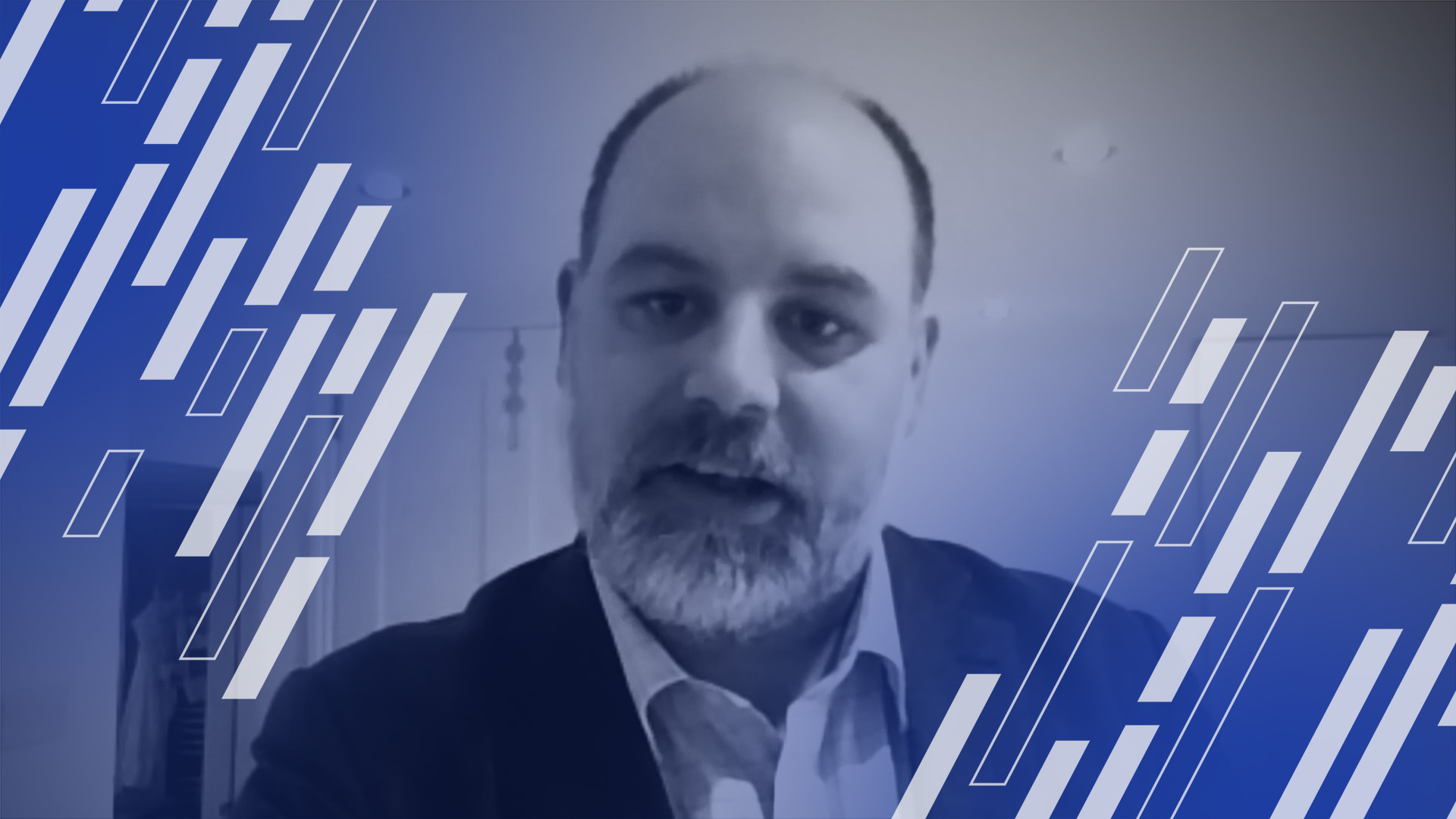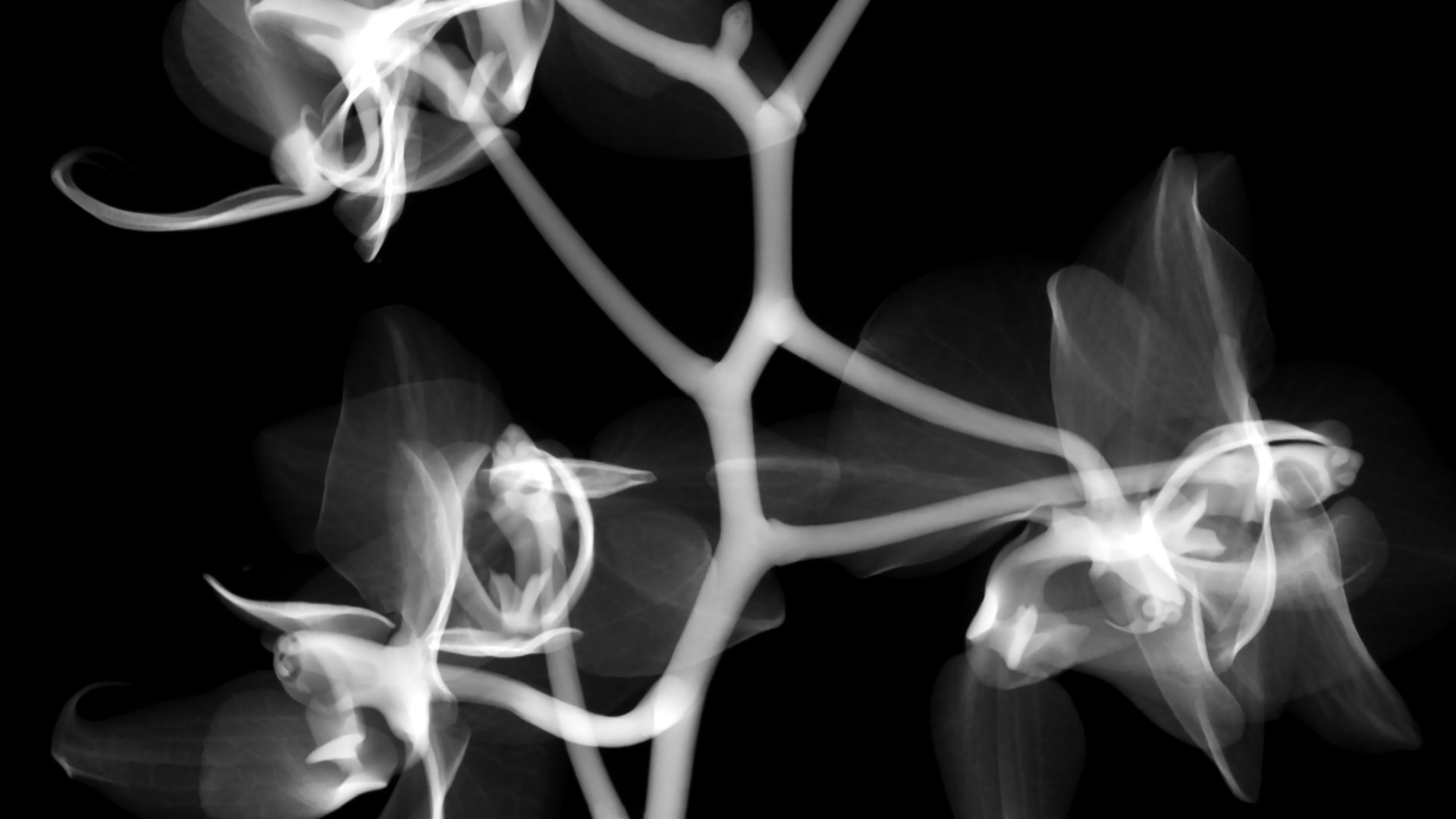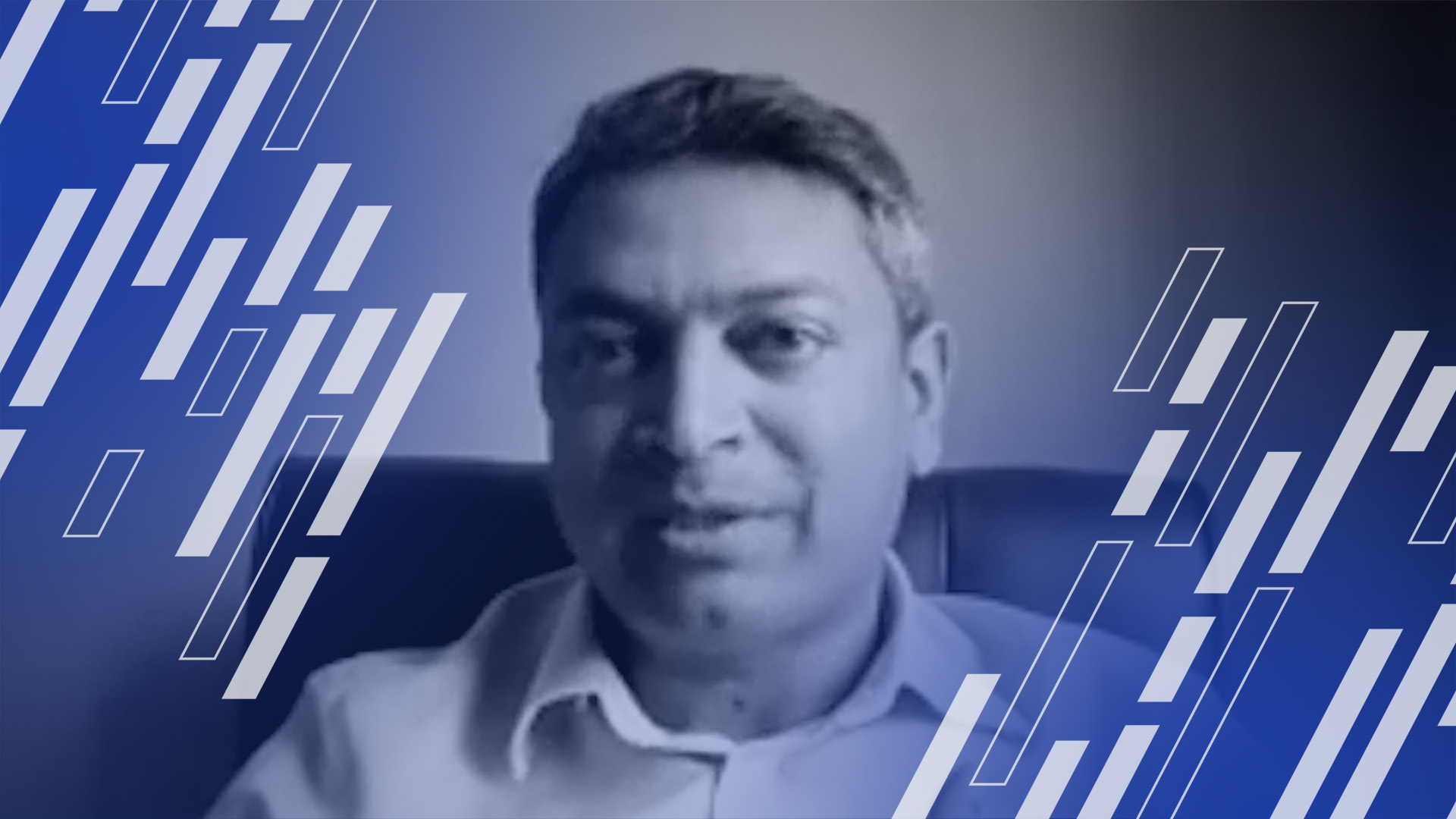KEY TAKEAWAYS
- IOWN, or Innovative Optical and Wireless Network, is an initiative for future communications infrastructure, using cutting-edge technologies such as photonics and digital twin computing to create a smarter world.
- IOWN aims to optimize society by transforming existing systems, using optical technologies that will help to provide high-speed broadband communication and huge computing resources. Establishing IOWN is expected to solve a whole wealth of social issues.
- In April 2019, NTT announced the development of an optical transistor that operates with the lowest energy consumption in the world. In addition, Intel, Sony, and NTT have announced the establishment of the IOWN Global Forum as an international initiative to promote photonics-related R&D. Photonic devices, using photonics-electronics convergence technologies, are the basis of IOWN.
- Digital twin computing is an enabler of smart services, the demand for which is ever-growing. It also provides hyper-accurate real-time data sets, and the ability to process those sets – helping public sector organizations (and others) to make decisions, for example to ease traffic congestion in cities.
- IOWN also uses a Cognitive Foundation: the platform that connects and controls networks, sensors, devices and systems. It provides integrated, optimized deployment of multi-layer ICT including cloud, network services and users’ ICT resources. The Cognitive Foundation, All-Photonics Network and Digital Twin Computing are the foundational technologies of IOWN.
- The mission of the IOWN Global Forum is to realize a smarter world where data, activities and people in different industries will be brought together in order to create a fully connected and intelligent society. NTT is actively looking for partner organizations to help build this ambitious future.
Based on articles originally published by NTT and the NTT Technical Review.
Understanding the great responsibility and power that corporations have as a force for social progression and global prosperity, the NTT Group aims to improve society and enrich the human experience through its business. Naturally, the group’s research and development (R&D) activities align with this vision of creating a prosperous and diverse society, enabled by technology.
With this aim, NTT has launched the Innovative Optical and Wireless Network (IOWN) concept: a new communication infrastructure that can provide high-speed broadband communication and enormous computing resources by using optical technologies. The goal is to deploy this new infrastructure across the globe by 2030.
The IOWN concept is aimed at transforming existing systems and realizing a new infrastructure that goes beyond the limitations of current ICT technology. It is composed of an All-Photonics Network for ultra-high capacity, ultra-low latency and ultra-low power consumption, Digital Twin Computing that creates predictions by combining the real and digital worlds, and a Cognitive Foundation® that connects and controls everything.

Functionally, the Cognitive Foundation acts as a multi-orchestrator, providing agile allocation of ICT resources and optimization of structure. APIs connect to the All-Photonics Network, network services via different providers, and the cloud-based Digital Twin computing layer.
Why we need a new infrastructure
Two mega-trends are shaping industries: the ever-increasing demand for connectivity and smart solutions, and the urgent need for sustainability.
On top of that, innovations such as the internet and smartphones have changed our society dramatically, and as a result people’s values have been affected, such as moving from ownership to usership.
With the accelerated rise of computerization and an information-based economy, the use of artificial intelligence (AI) and Internet of Things (IoT) will increase, such as for new financial services technology and automated driving through AI. Our lives will change drastically and diverse values will emerge.
“To build this world, it is necessary not only to obtain more information but also to process the information by taking into account the feelings and subjectivity of others – to incorporate not only science and technology but also the humanities.”
What makes this new world diverse is the understanding of others. To deepen such understanding, it is very helpful to see information and sensibilities from others’ perspectives. To build this world through technology, it is necessary not only to obtain more information by developing high-definition and highly sensitive sensors, but also to process information by taking into account the feelings and subjectivity of others. It is necessary to incorporate not only science and technology but also the humanities and social sciences.
We use the term ‘natural’ for the condition that arises when humans enjoy the results of technology without stress. We also use the term ‘natural harmonic’ for a world where people and the environment are in harmony. These are NTT’s objectives.
Transcending the limits of the internet
In such a world, transmitting and processing a huge amount of information is required, and current ICT systems cannot handle such volumes.
It is estimated that the amount of Internet traffic in Japan will increase 190 fold in the twenty years to 2026, from 637 gigabits to 121 terabits; and that global data volume will increase 5.3 fold in just 7 years, from 33 zettabytes (ZB) in 2018 to 175 ZB by 2025.
(A zettabyte is equivalent to a trillion gigabytes, and a gigabyte (GB) is eight times bigger than a gigabit (Gb). Gigabits are mostly used to measure the data transfer rates of networks.)

Figure: The global growth of internet traffic
If we try to mitigate such a situation using only current ICT systems, we will face serious problems such as further increase in communication volume, further complication of networks, and increased delay due to congestion.
“The increase in power consumption of data centers, which are essential for providing cloud services, has become a global problem.”
The explosive increase in the number of connected devices due to advances in IoT not only increases network load, but also raises serious concerns about energy consumption. The increase in power consumption of data centers, for example, which are essential for providing cloud services, has become a global problem.

Figure: Power consumption of IT equipment will increase considerably
Helping to ameliorate society’s problems
IOWN is integral to NTT’s long-term strategy to support Society 5.0, which can be defined as a human-centered society that balances economic advancement with the resolution of social problems – via a system that integrates cyber and physical spaces.
The IOWN concept is expected to solve the following societal challenges:
- Dramatic reduction in power consumption and broadening of communication bandwidth, providing enormous processing capacity for the explosive increase in computational complexity.
- By increasing the capacity and reducing the delay of communications, it is possible to share huge amounts of information collected from various sensors in real-time, exceeding the five senses.
- Dedicated use of optical wavelengths provides a high level of confidentiality and stability and can be used for mission-critical services.
- Multi-orchestration capabilities for centralized management of various resources, enabling resource utilization across industrial and regional domains.
- The creation of a cyberspace that replicates and expands the real world, by combining various digital twins and human models.
“By promoting social behavior based on understanding and empathy, we believe that we can improve the quality of connections between people and with society.”
The IOWN concept makes it easy to share the viewpoints and experiences of others by distributing and processing huge amounts of information, including various values, in real-time and without divisions. By promoting social behavior based on understanding and empathy of others, we believe that we can improve the quality of connections between people and with society, and thereby update people’s values.
Working together to create the future
“Predicting the future” is the key to the society that the IOWN concept aims for. We will create new values of future prediction, based on the communication-oriented network we have built so far. If we can make accurate predictions, we can respond accordingly. This essentially means “changing the future.”
Relatively simple predictions of the future can be realized with the current system, but predictions within the IOWN concept are characterized by orders of magnitude of difference in accuracy and speed. For example, in the medical and healthcare fields, this might include advanced future predictions using biodata. By combining daily biodata such as body temperature, blood pressure, and heart rate with history of illness, genomic information, and other information, it is possible to accurately predict when and what illness is likely to occur. This allows for individual prevention and quick response in case of illness.
To enable IOWN, it is necessary not only to create and combine many innovative technologies but also promote these technologies for widespread use. Major changes in information processing, communication, and network infrastructure are required, and extensive knowledge and insight is needed. NTT Group cannot achieve this alone.

Figure: The mission of the IOWN Global Forum – to realize a smarter world where data, activities and people in different industries will be brought together in order to create a fully connected and intelligent society
Accordingly, NTT, Intel and Sony established the IOWN Global Forum, inviting partners with a wide range of knowledge and insight from various industries. The purpose of this forum is to promote IOWN by creating and publishing specifications, frameworks, and reference architectures of new technologies in the following fields:
- R&D of photonics using advanced photoelectric fusion technology;
- R&D related to distributed computing;
- Use cases and best practices to create a smart world, and R&D to realize them.
The next steps on the IOWN journey
The ambition of this ten-year program is to radically increase the capacity of the internet, whilst radically reducing the energy consumption of computing resources and facilities – creating a new, green internet by 2030. The focus now is driving adoption of the All-Photonics Network, and the industrialization of the compute layer (the Cognitive Foundation).
IOWN’s foundational technologies – the All-Photonics Network, Digital Twin Computing and the Cognitive Foundation – lay the groundwork for the paradigm change ahead. NTT’s service platforms unlock the potential in the foundational technologies to improve value:
- Data-Centric Computing Ecosystem: Creating a simplified system with data hubs instead of individual data processing units.
- Extreme Network-as-a-Service (NaaS): The integration of fixed and wireless networks combined with environment information to optimize traffic.
- Photonic Direct Communications: The solution to share real-time, totally synchronized remote experiences in all kinds of fields.
The IOWN initiative has the power to connect us all like never before, whilst addressing both environmental and social imbalances. Together, we can grow; together, we will thrive.
///
We hope that all interested companies and organizations will join us. For more information about the IOWN Global Forum and its membership, please visit http://www.iowngf.org.
Read more about the foundational technologies of IOWN here.
